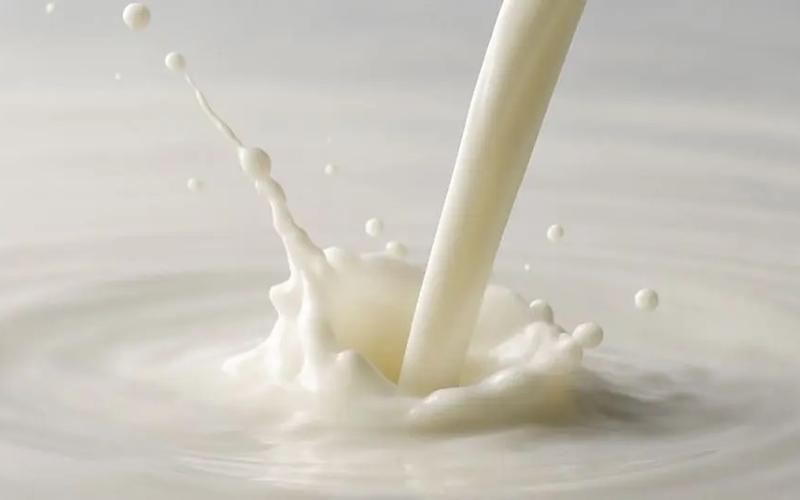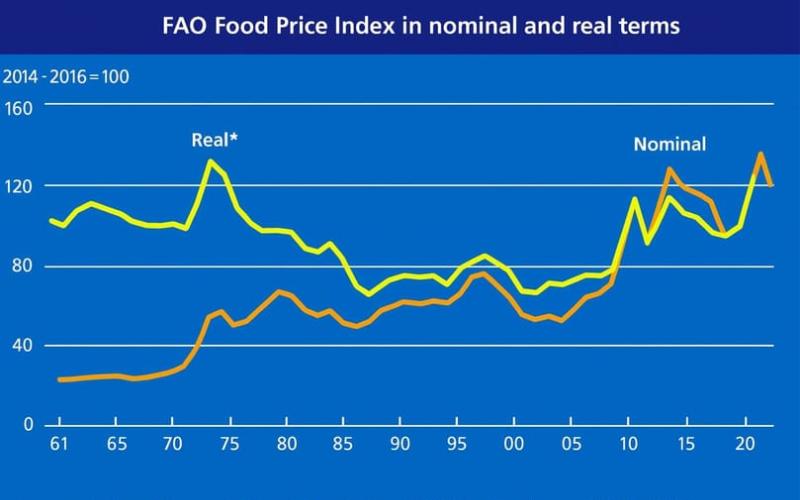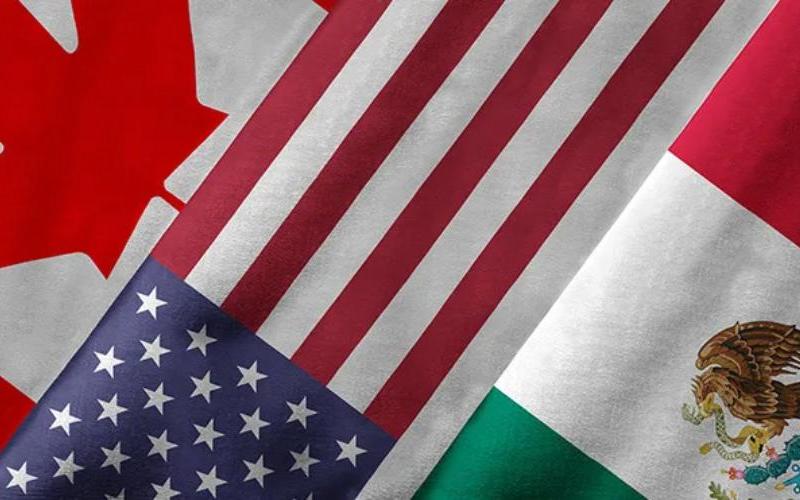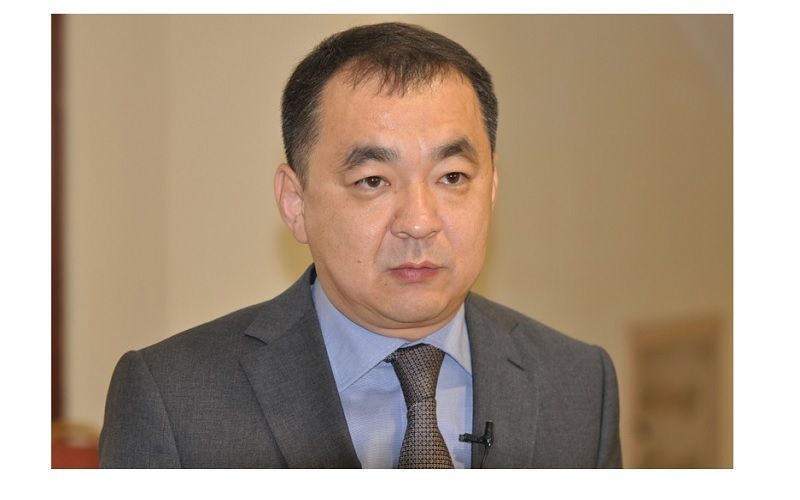Campeche's Role in Mexico's Dairy Self-Sufficiency Ambitions

The state of Campeche, located in southeastern Mexico, is emerging as a central figure in a new federal strategy aimed at achieving national dairy self-sufficiency. The initiative, part of the 'Leche para el Bienestar' program, includes the construction of a modern pasteurization plant in the Bicentenario Industrial Park. This facility, expected to be operational by the end of 2025, will process up to 100,000 liters of milk daily.
The Mexican government plans to increase its annual milk production from 13 billion liters to 15 billion liters by 2030. This is intended to decrease reliance on imported powdered milk. To support this goal, the government is prioritizing the purchase of fresh milk from domestic producers at competitive prices.
In addition to the pasteurization plant, the government is providing special support to Campeche's livestock farmers. This includes financial resources for genetic improvement, specialized veterinary assistance, and enhanced grazing systems. A credit program named 'Cosechando Soberanía' offers loans at a preferential interest rate of 8.5%, along with access to agricultural insurance.
The plant in Campeche aims not only to supply social welfare program beneficiaries within the state but also to expand distribution to neighboring states such as Tabasco, Chiapas, Yucatán, and Quintana Roo. This would integrate Campeche's high-quality milk production into a regional distribution network, ensuring a stable market for producers and meeting social supply requirements with all necessary health certifications.











